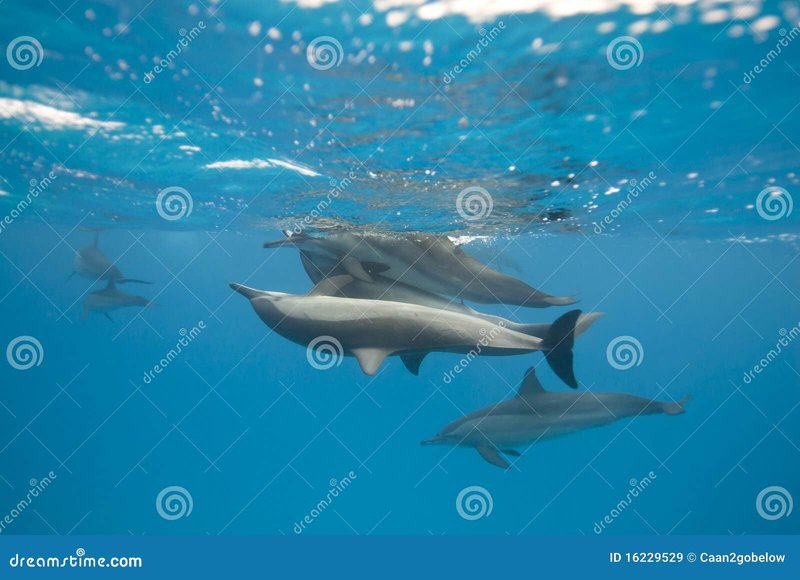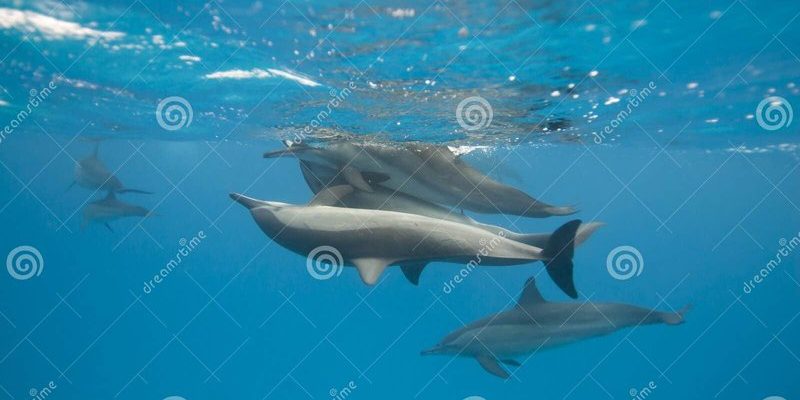
You might be surprised to learn that spinner dolphins, or *Stenella longirostris*, are not just cheerful performers in the sea. Their breeding behaviors are complex and deeply fascinating. From their courtship rituals to the nurturing of calves, understanding spinner dolphins’ reproductive habits provides a glimpse into their world. So, grab your metaphorical snorkel, and let’s explore how these remarkable animals reproduce and raise their young!
Understanding Spinner Dolphin Mating Habits
Spinner dolphins are known for their social nature, which plays a significant role in their mating habits. They typically live in groups or pods, which can range from a few individuals to hundreds. This social structure is essential when it comes to finding a mate. Generally, mating season occurs year-round, but it can peak during warmer months, depending on where they live.
During courtship, male spinner dolphins display their acrobatic skills, making flips and spins to woo potential mates. Imagine a dolphin doing its version of a dance-off! Males can often be seen trying to impress females with these impressive displays. You might be wondering, “How do they know who to choose?” Well, females often select mates based on the males’ physical condition and acrobatic skills. It’s all about showing off your best self in the dolphin world!
Additionally, spinner dolphins have a unique way of forming pair bonds. Mating doesn’t happen as frequently as you might think. Instead, spinner dolphins often engage in long-lasting connections, which can lead to stronger maternal bonds when it comes time to raise their young.
The Spinner Dolphin Gestation Period
Once a female spinner dolphin has mated, the real journey begins—gestation! Like many mammals, spinner dolphins have a gestation period that lasts about 10 to 12 months. This time frame allows the developing calf to grow and prepare for life outside the womb. During gestation, females are known to be more social, often staying close to their pods for protection and assistance.
Here’s the thing: spinner dolphins often give birth during the day, which is an interesting strategy. Giving birth in daylight might help the calf receive immediate attention from the pod, ensuring that both the mother and newborn are protected from potential predators. It’s almost like having your supportive group right there in a time of need.
After a successful birth, the calf is typically around 3 to 4 feet long and weighs about 30 pounds! That’s a big leap from being a tiny fetus. Newborn spinner dolphins are born with a layer of blubber that keeps them warm in the ocean and gives them a good start in life.
Caring for the Young: Spinner Dolphin Calves
After giving birth, a mother spinner dolphin takes her role very seriously. Calves are entirely dependent on their mothers for survival during the first few months. They nurse for about 6 to 12 months, feeding on rich milk that provides essential nutrients for growth. You can imagine how much energy that takes—it’s not easy being a mom in the animal kingdom!
During this time, the calf starts to learn essential skills by watching and mimicking the adults in their pod. They pick up how to communicate, navigate social structures, and even the basics of hunting. It’s like a crash course in dolphin life! This social learning is critical, as spinner dolphins rely on their pods for protection and hunting strategies.
Interestingly, calves stay close to their mothers for several years, fostering strong bonds and enhancing their survival chances. Mothers will often stay near other members of their pod, allowing the calves to benefit from the collective care of the group. Talk about teamwork!
Spinner Dolphin Social Structure and Reproduction
The social structure of spinner dolphins is vital for both their mating and raising their young. Pods often consist of females, their calves, and a few males. This setup creates a community where everyone plays a part in raising the next generation. It’s not unusual to see other females taking care of someone else’s calf, which showcases their cooperative nature.
You might find it fascinating that spinner dolphins can form temporary groups called ‘alliances’ during mating season. These alliances might consist of several males working together to compete for the attention of females. It’s like a friendly competition, though it can get intense at times. Mating rituals often involve chasing, jumping, and displays of agility.
Such social dynamics extend beyond just mating; they also offer calves protection. Growing up in a supportive community means young dolphins have multiple guardians, increasing their chances of survival against predators like sharks. It’s a beautiful example of community in the animal kingdom!
Challenges in Spinner Dolphin Reproduction
Despite their social strengths, spinner dolphins face several challenges in breeding and reproduction. Environmental changes, pollution, and habitat loss due to human activities directly impact their populations. These factors can affect mating behaviors and the well-being of both mothers and calves.
One significant issue is noise pollution from boats and other human activities. Dolphins, including spinner dolphins, rely heavily on sound to communicate and navigate. Increased noise can disrupt mating calls and hinder social interactions, making it harder for them to find mates and raise their young.
Additionally, factors like dwindling fish populations due to overfishing can lead to food shortages, impacting the health of nursing mothers and their calves. A mother’s stress during this period can affect the calf’s growth and survival rates. It’s a cycle that comes full circle and highlights the importance of conservation efforts.
Conservation Efforts for Spinner Dolphins
As awareness increases about the challenges spinner dolphins face, conservation efforts are becoming more crucial. Protecting their habitats, regulating fishing practices, and reducing noise pollution are just a few steps aimed at preserving spinner dolphin populations.
Many organizations are working diligently to create marine protected areas where spinner dolphins can thrive without the threat of overfishing or habitat destruction. These areas provide safe havens for breeding and nurturing calves, ensuring that future generations can continue to amaze us with their spinning leaps.
You might be wondering how you can help. Supporting organizations focused on ocean conservation, spreading awareness, and reducing plastic use can make a significant difference. Every little action counts when it comes to protecting these enchanting creatures.
The journey of spinner dolphins through breeding and reproduction is a complex and beautiful story. From their playful courtship displays to the nurturing of calves within their pods, these dolphins showcase the wonders of nature. Understanding their reproductive habits not only deepens our appreciation for them but also highlights the importance of protecting their habitats.
As we’ve seen, spinner dolphins face many challenges, yet there’s hope. With concerted conservation efforts and increased awareness, we can help ensure that future generations of spinner dolphins continue to delight us with their acrobatics and social structures.
So, the next time you see a dolphin leaping through the waves, take a moment to think about the incredible life cycle that brought them there. Whether it’s their playful spirit or their nurturing ways, spinner dolphins are a testament to the beauty of marine life worth protecting.

